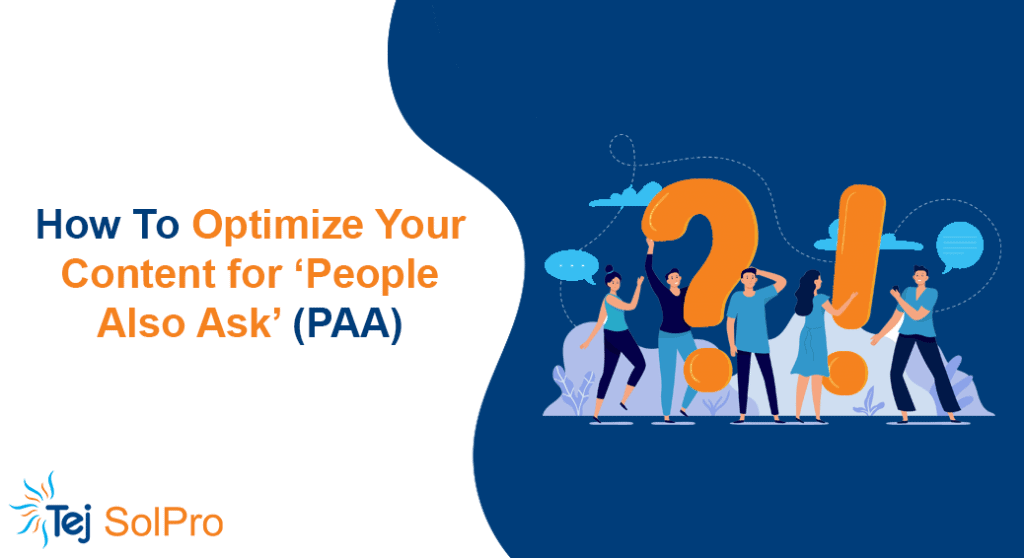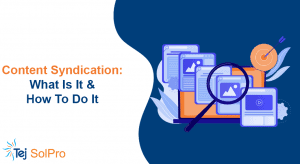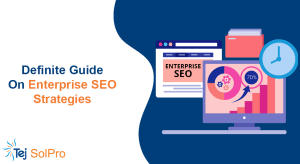Have you ever paid attention to how diverse Google SERP Is? Starting from Google Ad words to Google shopping, it has almost everything. This increase in the diversification of Google SERP (search engine results pages) brings a lot of advantages to both SEO professionals and business owners. People Also Ask is an important SEO strategy for 2021 and further. It is a great opportunity to appear as an answer to People Also Ask (PAA) questions. It will help you stay ahead of your competition and capture the attention of your target audience.
With various SERP options, there has been an increase in the number of ways to get more exposure and search. Now, the final goal of SEO is not to rank on the top position. Various features like People Also Ask and Featured Snippets have declined the returns on top organic ranking.
Google hasn’t stopped and is working towards adding more elements to the SERPs. Apart from that, it also plans to include several paid ads into the SERPs. The factor of number one rank or top spot wouldn’t be the same. The SEO professional and business owners will have to adjust and adapt accordingly. One of the easiest and most effective ways of doing this is to focus on the PAA box for as many keywords as possible.
Let’s find out what is PAA, things to know about PAA (People Also Ask), and the ways to optimize your content for PAA.
Contents
What is the ‘People Also Ask’ box?
The “People Also Ask” (PAA) box refers to a Google SERP feature that provides answers to the questions relating to a user’s query. Every answer to these questions comes from a particular web page. Below each answer, Google provides a clickable source of information.
Google picks these answers from trusted sources. It works in a certain way, suppose a person clicks on a question related to the primary query, additional similar questions will be available below it. All the questions are related to a similar topic.
When a person changes his or her mind and starts looking for different questions in the box, Google will then show another set of questions.
At first, a “People Also Ask” box consists of four questions, but once you click on each question, two or three additional questions are added to the PAA box. PAA questions keep on expanding as new questions are being added infinitely to the box.
Things To Know About ‘People Also Ask’
People Also Ask boxes can emerge in various SERP position
When compared to featured snippets, which are usually seen on the first or second position of the search results, PAA boxes appear in mostly all of the positions.
The questions go up to infinite
The list of related questions and its answers is almost infinite. More question load whenever you click to broaden, and divulge the answer in the PAA box. Just give a try to some serious clicking and you’ll understand what we’re talking about.
The answers have various formats
The answers of related questions in PAA boxes come in different forms, similar to the featured snippets. The most common formats are lists, paragraphs, and tables. But sometimes, even videos pop up.
It is practical to answer a “People Also Ask” listing with a video when you consider the essence of:
How to…
What is…
Why is/are…
Etc..
Suppose in the above example, we have used – How to sew a button.
In the coming future, video results will matter more than ever. Why so?
Just think of the hard work Google is putting on interpreting and simplifying the video results. Now Google has added key moments for videos in search results. This brand new feature will let you reach the portion of the video that answers your questions.
The questions always have similar answers
Most of the time, similar questions keep popping up in PAA boxes over several search queries. To answer these questions, Google seems to use the same source every time.
The same listing that appears for a PAA question for keyword Y can also emerge for the same question, triggered by keyword Z.
To sum up: The questions and keywords are entirely different in PAA, but the listing is undoubtedly the same.
The keywords used above are entirely different, but their intent is similar. “I’m looking for a restaurant in New York by using terms that highlight some definite characteristics like – Best and Top.”
Zagat.com in the above pictures has created a page that goes with that particular intent. Keyword intent is one of the significant topics that the SEO community has been talking about.
How to optimize your content for PAA?
Both “People Also Ask” and featured snippets are directed towards answering questions in the best possible way. The two of them are quite naturally integrated features on Google’s search platform. Nothing has changed, the goal is still the same – Getting highly ranked.
Have Worthy Content
It is one of the most important components of the overall process. If you want people to notice your content, make sure to bring the best content to your user’s screen. If you fail to do so, there are higher chances of your content being ignored and lost.
Always create SEO-friendly content that is well-written, valuable, and compelling. It will further become an authoritative source and will attract a lot of audiences. Furthermore, there will be hardly any room left for worrying about the PAA rankings.
Always Keep your PAA question clear, the answer clearer
For every “People Also Ask” question you frame, have a definite and clear answer. Your answers must be structured in a way that defines how easy it is for your audience to understand the product or do a particular task.
The two most common elements you’ll notice in a PAA are:
The content is directly related to the question.
The answers are short and sweet.
Just like you want to be one of the first results of a page, similarly, you would want to be on the top four answer boxes. In both situations, the SERP ranking is utterly important.
Leave them craving for more
Can all of your queries be answered with a simple three or four-line answer? Absolutely no. Some questions need a full-fledged answer or an article to understand it more deeply.
The finest example of such articles is – medical articles. Suppose someone asks a medical question and Google provides them with a simple graphic based featured snippet.
Here, you also have the PAA boxes where you can give out a concise answer to the questions. But by nature medical queries need more information to understand them clearly. To get that information, your audiences will naturally click on the link below.
Keep an eye on your PAA length
Using only a few or too many words will negatively affect your PAA ranking. Well, there is no such thing as a rule when it comes to the number of words to be used in the description. But, generally, the maximum number of words to be used is either 60 words or less.
After looking at all the PAA boxes, that is the common link between the higher ranked results. It is not advisable to go below 30 words, because there will not be enough detail and your audience will move to another box.
This doesn’t mean that your content should be concise. You can further elaborate below the question-answering paragraph on the topic. The main idea is to provide short answers, not writing bite-sized articles.
You can also create an FAQ section where you can answer all the questions related to your niche. Here, you’ll have the liberty to give quick answers inside that section and use your article to fabricate more in-depth content around more popular questions. Doing this will provide you with more chances to rank inside closely related People Also Ask boxes.
Use Hit and Miss approach
Is it possible to know the result of an experiment before doing it? – No.
Foremost, you’ll have to try and then you will get some results.
Similarly, here you’ll have to find out things that work in the context of your content depending on the genre narrowed down by you. Your results may vary depending on your context and the genre.
Due to this, it is essential that you experiment, note down the results, and discover what’s working with the change in your SERP stats. We don’t propose you to monitor your positions in PAA boxes as they are ever-changing.
The best way to find out if your tricks are working is by watching organic traffic and organic engagement.
Conclusion
People Also Ask (PAA) can be your best friend if you’re prepared to spend some time understanding the ways organic visibility can be influenced by such features. Currently, PAA has become popular for a large chunk of queries.
With this, one can think of the importance Google gives to “People Also Ask” (PAA). Google now sees them as an essential part of the user journey. The increase in voice search is bound to increase the importance of various elements like featured snippets and People Also Ask.
These features are here to stay and might not fade soon. So all my dear SEO professionals and business owners start optimizing for SERP today.
We hope this blog will help you understand what is “People Also Ask” and ways to Optimize your content for it.







1 thought on “How To Optimize Your Content for ‘People Also Ask’ (PAA)”
I’m amazed, I have to admit. Rarely do I encounter a blog that’s equally educative and entertaining, and without a doubt, you’ve hit the nail on the head.
The problem is an issue that too few folks are speaking intelligently about.
I am very happy that I came across this during my search for something regarding this.